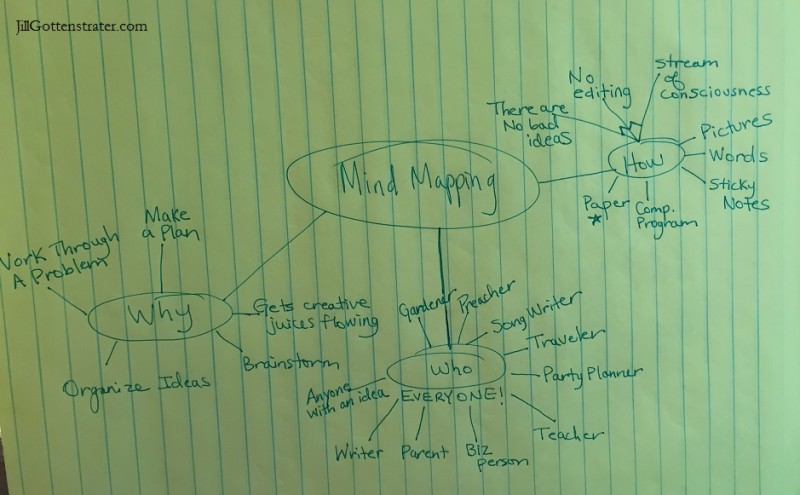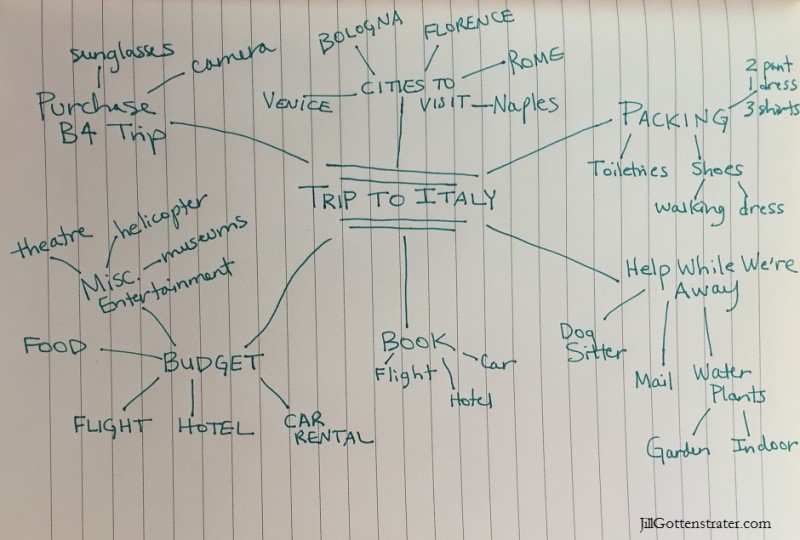How Anticipating a Fun Future Event Will Bring You Happiness
What if I told you that there’s a way to bring happiness and excitement to your day, no matter how busy, stressed, or distracted you might feel? Aaaand, it won’t cost you a thing.
Cue the dreamy music with you sitting with your head tilted, chin propped as you gaze wistfully to the heavens.
Now, answer these two questions:
First, is there something coming up in the next few weeks or months that you’re really looking forward to?
I’m guessing, with the summer months on the horizon, you might have some sort of trip planned, or better yet, for some, a stay-cation. Maybe you have an old friend coming for a visit, a family reunion, or you’ve signed up for a fun class at your local community college. Maybe it’s anything related to your favorite holiday that gets you excited.
Second question: How often do you think about this future event?
If the last time you thought about it was a month ago when you booked your airfare, made your reservation, or made plans with a friend for a visit — or in the case of a holiday — you only begin thinking about it just a couple of weeks out, I’d like to suggest you think about, and eagerly anticipate, your fun future plans more.
Why? Because I want you to experience Rosy Prospection, like I do.
Rosy prospection is when a person’s anticipation of a planned event is greater than the actual experience. It’s when you get excited just thinking about the future event you’ll be embarking on. Friends, anticipation is half the fun!
I got to thinking about this when a friend stopped by the other day and laughed when she saw that the only thing I had on my 12 month wall calendar was my vacation and a few other work obligations that I didn’t want to forget. Might I add that the vacation notation was in fancy lettering with green ink and palm trees sketched in!
Making a fun reminder on a visible calendar was just a small part of rosy prospecting for this eagerly anticipated future trip. Other things I did in anticipation, other than the typical planning and organizing for the trip, was checking the weather of the place I’d be visiting, looking at pictures on Instagram that other people posted, researching restaurants, hikes and other fun stuff to do in the area, and most fun of all, talking about the upcoming trip with my husband. Doing these things basically stretched out my vacation experience from the actual one week of vacation to several months of fun anticipation.
Maybe you don’t have anything big, like a trip, coming up. That’s OK! It’s fun to utilize rosy prospection for daily and weekly events too.
My husband thinks this is crazy, but I eagerly anticipate what’s for dinner while I’m eating breakfast! Don’t let this make you think I’m an expert meal planner either. I just love food, so I enjoy thinking about my forthcoming meals.
During certain times of the year, a friend and I go walking at the beautiful Biltmore Estate. This is a weekly event that I eagerly anticipate in the days leading up to it.
Friends, sometimes we can get bogged down in the everyday routine of life, and I guarantee that if you add a little rosy prospection to your days, you will receive a nice boost of happiness and excitement.
Here’s to all of us enjoying the anticipation of fun future events!
Jill xx




